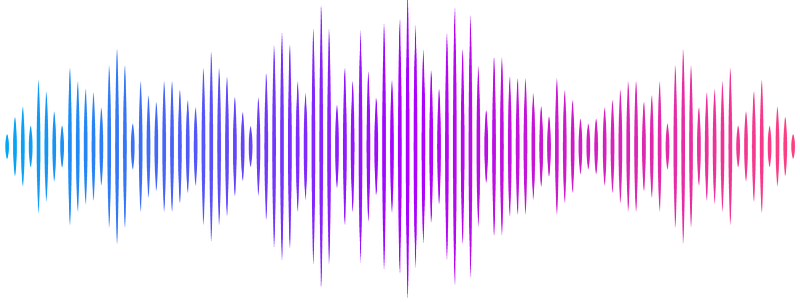ABHD2 activity is not required for the non-genomic action of progesterone on human sperm

ABHD2 activity is not required for the non-genomic action of progesterone on human sperm
Arnolds, O.; Carter, E. M.; Edwards, M.; Wigren, E.; Homan, E.; Ribera, P.; Bentley, K.; Haraldsson, M.; Theo-Emegano, N.; Loppnau, P.; Szewczyk, M. M.; Cao, M. A.; Barsyte-Lovejoy, D.; Vester, K.; Thrun, A.; Amaral, A.; Lesche, R.; Münchow, J.; Zhu, W. F.; Temme, L.; Brenker, C.; Strünker, T.; Sundström, M.; Todd, M. H.; Edwards, A. M.; Tredup, C.; Gileadi, O.
AbstractSperm activation is controlled by an influx of calcium ions through the CatSper channel, which is activated in the oviduct by a non-genomic action of progesterone. Progesterone has been hypothesized to act as an activator of ABHD2 activity, which in turn hydrolyses 1- and 2-arachadinoyl glycerol, putative inhibitors of CatSper. To explore the idea of targeting ABHD2 activity as a contraceptive target, we synthesized derivatives of published ABHD2 inhibitors, optimizing for potency and in-cell target engagement, and tested active inhibitors and structurally-related inactive derivatives in sperm motility assays and calcium influx assays. We observed no effect of ABHD2 inhibition on basal or progesterone-induced activity in both assays. We also found no evidence for direct binding of progesterone to purified recombinant ABHD2 protein. We conclude that ABHD2 activity is not required for the non-genomic action of progesterone on human sperm.